EDITORIAL
Published on 20 Aug 2019
Editorial: Recent Advances in Understanding the Basic Mechanisms of Atrial Fibrillation Using Novel Computational Approaches
doi 10.3389/fphys.2019.01065
- 2,448 views
- 5 citations
36k
Total downloads
156k
Total views and downloads
Select the journal/section where you want your idea to be submitted:
EDITORIAL
Published on 20 Aug 2019
REVIEW
Published on 18 Jun 2019
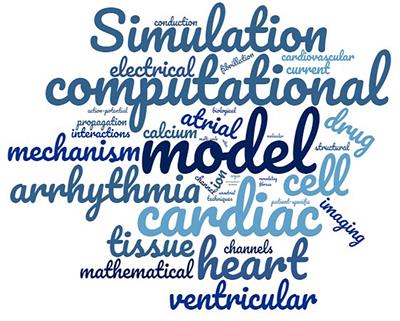
REVIEW
Published on 26 Feb 2019

SYSTEMATIC REVIEW
Published on 17 Jan 2019
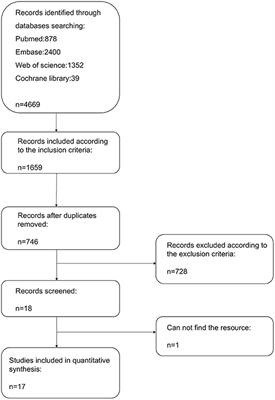
ORIGINAL RESEARCH
Published on 14 Dec 2018
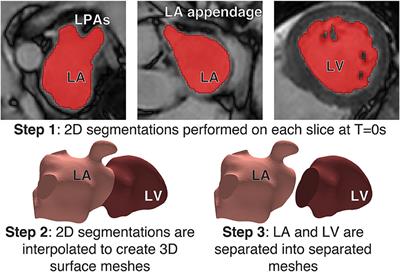
REVIEW
Published on 17 Oct 2018
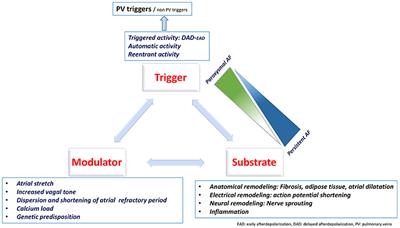
ORIGINAL RESEARCH
Published on 04 Oct 2018
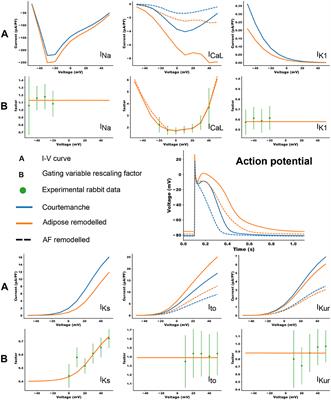
GENERAL COMMENTARY
Published on 04 Oct 2018
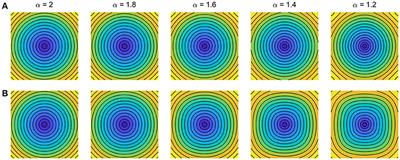
ORIGINAL RESEARCH
Published on 04 Oct 2018
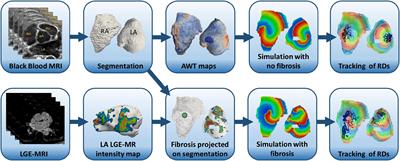
ORIGINAL RESEARCH
Published on 21 Sep 2018
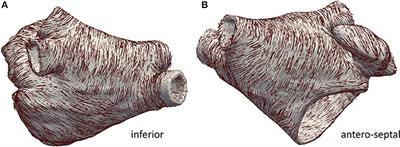
MINI REVIEW
Published on 18 Sep 2018
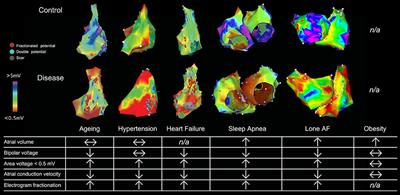
ORIGINAL RESEARCH
Published on 10 Sep 2018
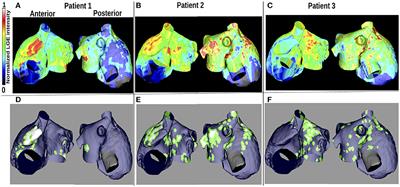

Frontiers in Cardiovascular Medicine
Frontiers in Physics